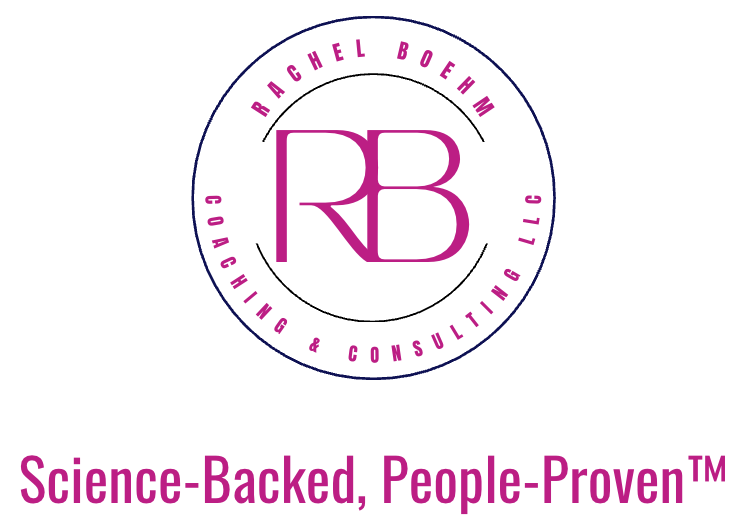Why ‘Work-Life Balance’ Fails Leaders (And What Actually Works)
Let’s clarify one thing upfront: I’m not opposed to the sentiment of “work-life balance.”
As the “anti-burnout” advocate, I want people to thrive. What I reject are outdated terms that fail to reflect modern realities—especially when they create a false dichotomy between “work” and “life.”
The concept of Work-Life Balance (WLB) risks stalling progress on burnout prevention by perpetuating three myths:
We inhabit two separate worlds (work vs. life)
These worlds must achieve equilibrium
Only then can we find relief
Daily, I encounter burnout advice urging professionals to “improve work-life balance.” This well-meaning guidance rests on a flawed premise: that work is inherently draining and life is inherently restorative.
It’s All Life
Work isn’t separate from life—it’s part of it. Worse, the WLB framing implies work diminishes you, while non-work activities replenish you. Reality is far more nuanced:
Work can fuel purpose, build confidence, foster community, and create financial stability
“Life” (non-work time) often involves draining chores, caregiving, and societal pressures
Telling someone to “balance” these domains ignores a critical truth: Both spheres can deplete or energize. The problem isn’t imbalance—it’s unsustainable resource depletion.
A Better Framework: Conservation of Resources
Replace “balance” with a resource-based lens from psychological research:
Your resources (time, energy, confidence) constantly interact with demands (deadlines, caregiving, obligations)
Chronic stress arises when demands > resources over time
Burnout follows when this gap persists
The goal isn’t perfect equilibrium—some stress drives growth. Think of it as a teeter-totter: You want enough control to adjust the pivot point as priorities shift.
Finding Peace in the Imbalance
Control what you can; release what you can’t. Try this exercise:
The Control Circle
Draw two concentric circles
Inner circle: List controllable factors (e.g., daily schedule, communication boundaries)
Outer circle: List concerns beyond your control (e.g., market shifts, others’ choices)
For one inner-circle item: Create a 1-step action plan
For one outer-circle item: Practice, “I acknowledge this, but it’s not mine to control.”
Spend 5 minutes weekly on this practice to redirect energy toward meaningful influence.
From Surviving to Thriving
The language of “balance” keeps professionals chasing an impossible ideal. What if you instead:
Audited personal/professional resources monthly?
Designed team policies around resource sustainability?
Replaced “balance” check-ins with “resource alignment” conversations?
This mindset shift unlocks sustainable performance—for yourself and your teams.
Ready to move beyond outdated frameworks?
As an anti-burnout coach and consultant, I help leaders:
Personally: Escape overwhelm through custom resource-management systems
Professionally: Build teams where 60-hour weeks aren’t a badge of honor
Contact me to explore how you can transform “balance” from a guilt-inducing myth into a strategic advantage. Let’s create workplaces where people—and profits—thrive.


